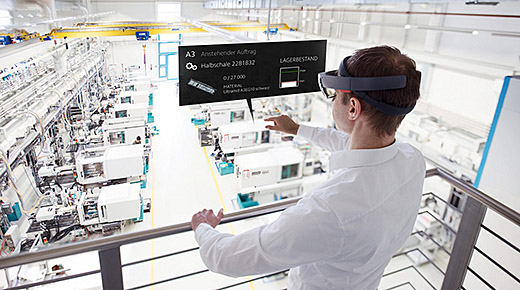Data science and machine learning have surged in prominence during the past few years, and digital transformation seems to be on everyone’s agenda. Have you ever wondered why? Even though quality engineering has long been a data-driven pursuit, we now have the potential to get even deeper insights from our data because of several recent innovations.
|
ADVERTISEMENT |
Here are just a few of them:
• Computing power per dollar has increased steadily (e.g., through adoption of GPUs).
• Open-source software packages with powerful machine learning algorithms are freely available, reliable, robust, and well-maintained.
• Infrastructure for data storage and management is readily available and cost-effective.
• Cloud-based software, platforms, and infrastructure help companies focus on their core competencies and scale rapidly when needed.
• Algorithms are often more revealing when Big Data is available.
…

Add new comment